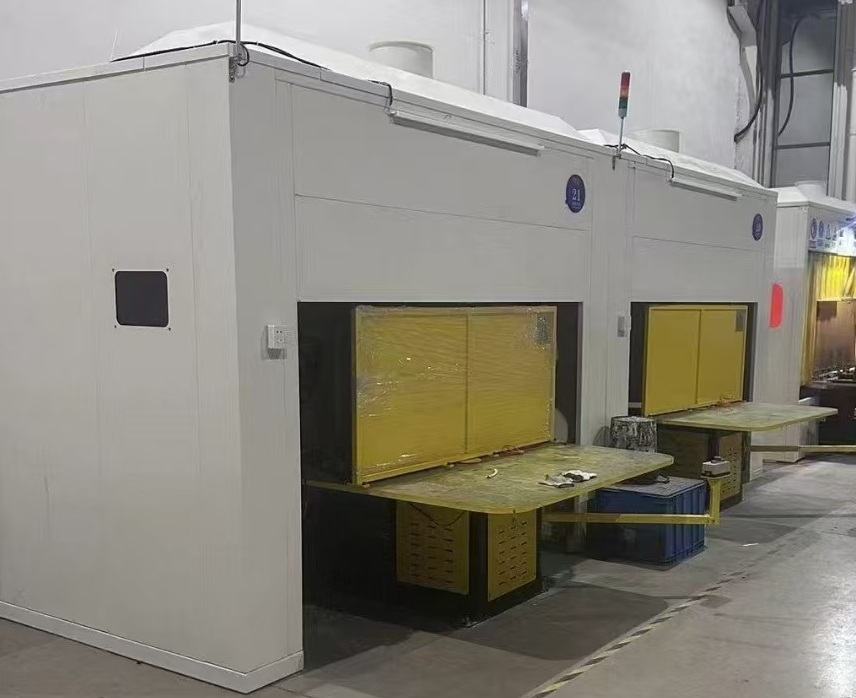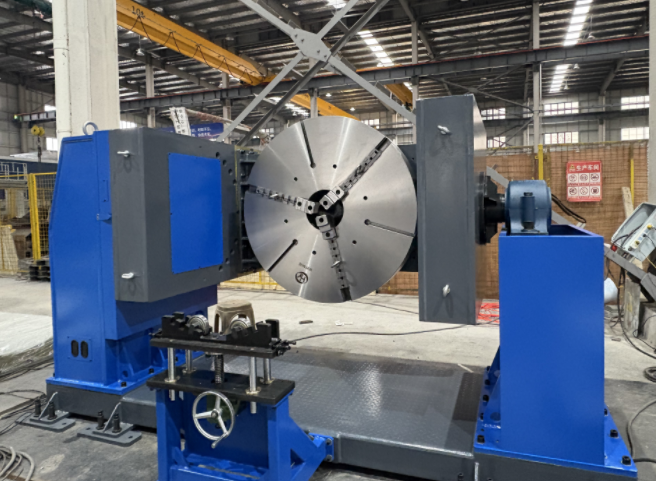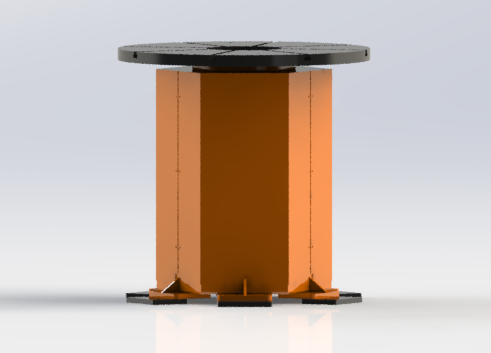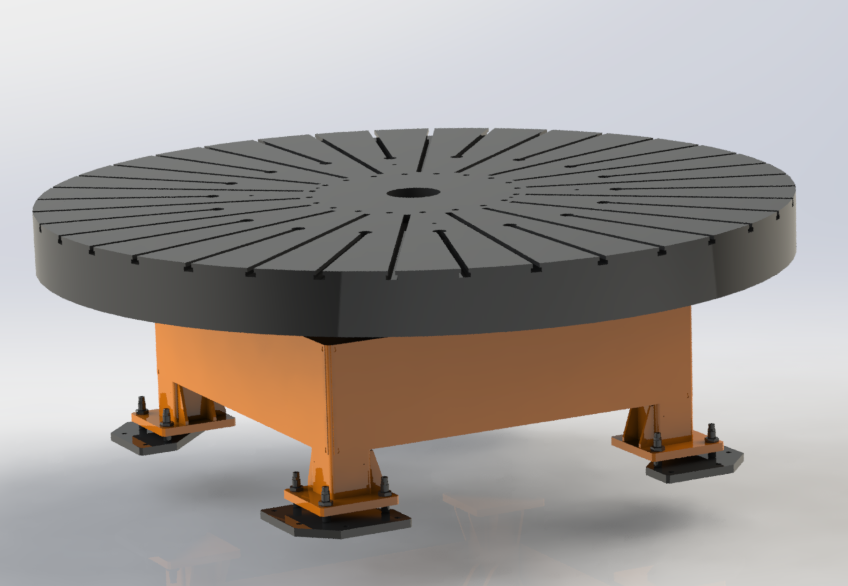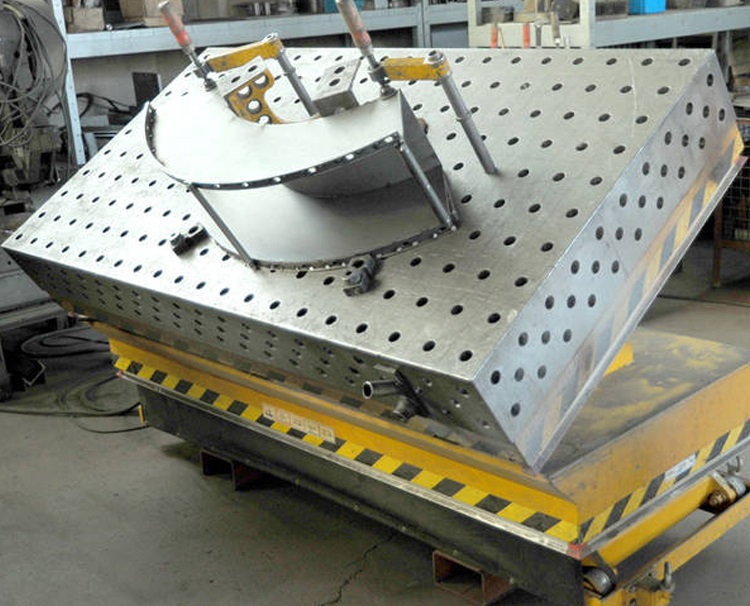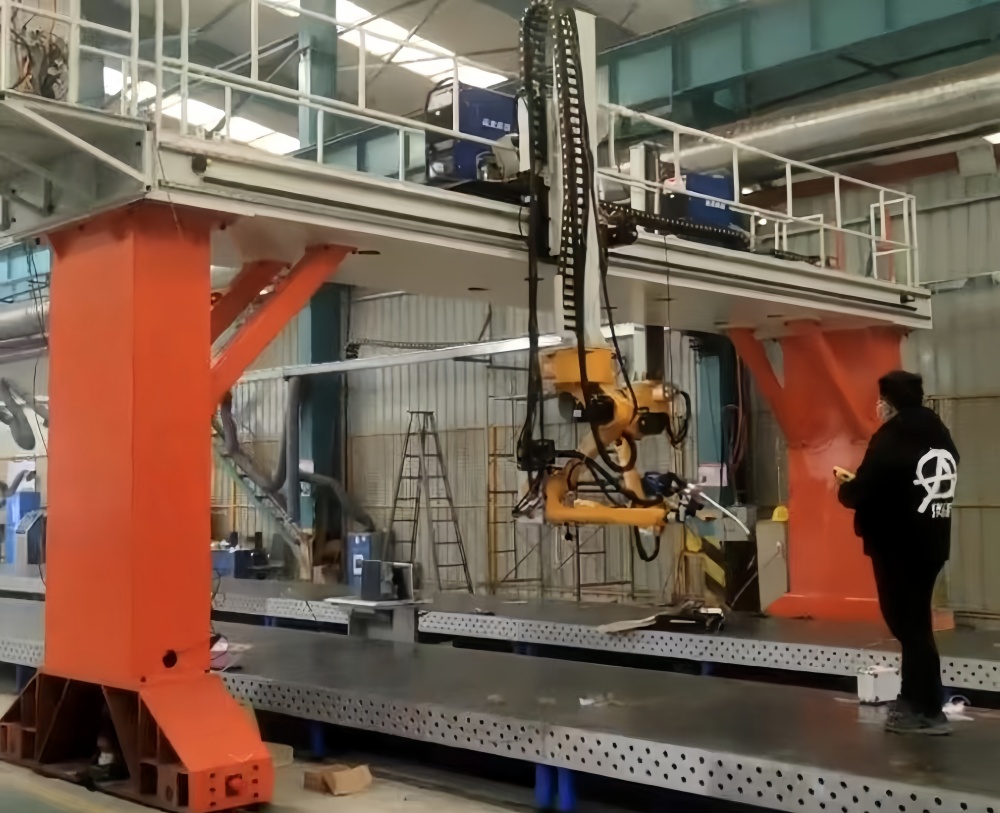
Robot flexible welding
- Commodity name:Robot flexible welding
- Manufacturer: Xinbao Intelligent
Product Details
Characteristics of Robot Flexible Welding:
The requirements for flexible welding robots are not very high. Because spot welding only requires point position control, there are no strict requirements for the movement trajectory of the welding tongs between points, which is also the reason why robots were only used for spot welding earlier. Spot welding robots not only need to have sufficient load capacity, but also need to move quickly, move smoothly, and position accurately between points to reduce displacement time and improve work efficiency. The load capacity required for spot welding robots depends on the form of welding tongs used. For welding tongs separated from transformers, a robot with a load of 30-45kg is sufficient. However, this type of welding tongs is not conducive to robots inserting the tongs into the workpiece for welding due to the long secondary cable and high energy loss; On the other hand, the cable keeps swinging with the robot's movement, causing rapid damage to the cable. Therefore, the use of integrated welding tongs is gradually increasing. This welding tongs, together with the transformer, weigh around 70kg. Considering that robots need to have sufficient load capacity to deliver welding tongs to spatial positions with high acceleration for welding, heavy-duty robots with a load of 100-150kg are generally selected. In order to meet the requirements of short distance and rapid displacement of welding tongs during continuous spot welding. The new heavy-duty robot has added the ability to complete a 50mm displacement within 0.3 seconds. This places higher demands on the performance of the motor, the computing speed and algorithm of the microcomputer.
With the development of electronic technology, computer technology, numerical control, and robot technology, automatic welding robots have been used in production since the 1960s, and their technology has become increasingly mature. They mainly have the following advantages:
1) Stabilize and improve welding quality, and be able to reflect welding quality in numerical form;
2) Improve labor productivity;
3) Improve the labor intensity of workers and enable them to work in hazardous environments;
4) Reduced the requirements for workers' operational skills;
5) Shortened the preparation period for product modification and replacement, and reduced the corresponding equipment investment.
Therefore, it has been widely applied in various industries.
Key words:
Online Consultation




